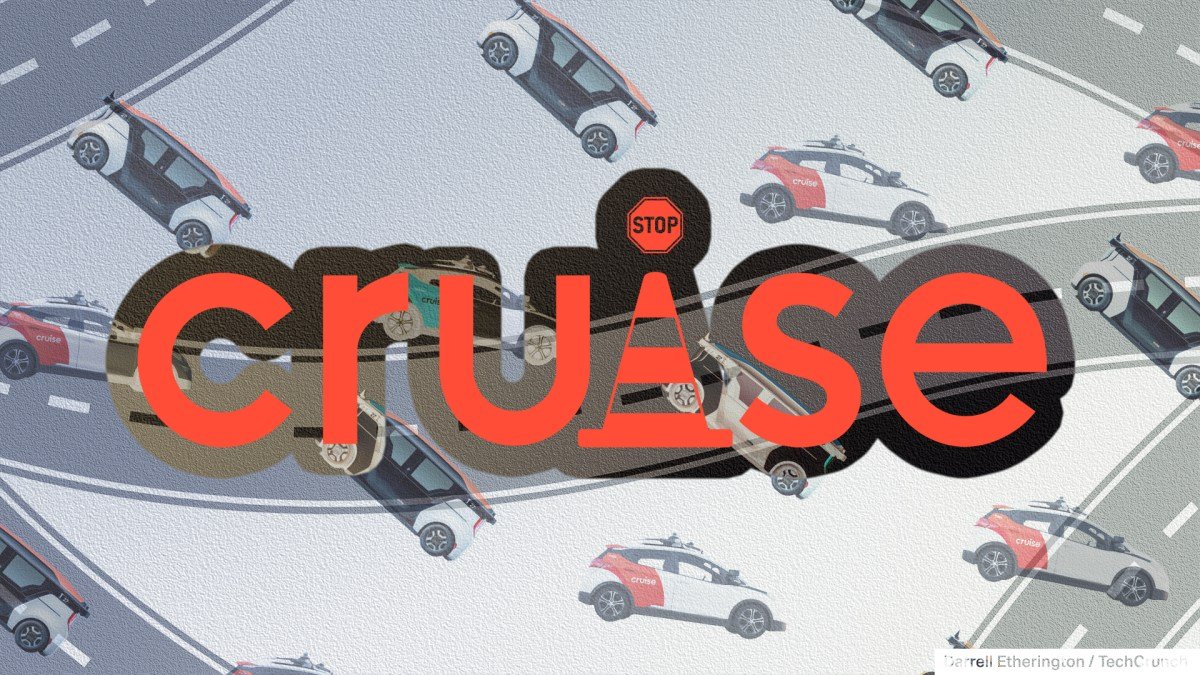Recently, nine high-level managers and executives from GM’s self-driving vehicle subsidiary, Cruise, have left the company following an internal analysis of a concerning incident involving one of its robotaxis. This internal analysis was conducted by the Cruise board and is separate from the ongoing investigation led by firm Quinn Emmanuel.
According to an internal Slack message shared with employees, the departures included key leaders from Commercial Operations, Legal, and Government Affairs, as well as Safety and Systems departments. Among those who were dismissed were David Estrada, who previously worked at autonomous vehicle startup Nuro, and COO Gil West, who has since updated his LinkedIn profile to indicate his employment has ended. Cruise spokesperson Erik Moser confirmed the departures and shared a statement, but declined to comment on whether these employees were fired.
“Today, following an initial analysis of the October 2 incident and Cruise’s response to it, nine individuals departed Cruise. These include key leaders from Legal, Government Affairs, and Commercial Operations, as well as Safety and Systems. As a company, we are committed to full transparency and are focused on rebuilding trust and operating with the highest standards when it comes to safety, integrity, and accountability and believe that new leadership is necessary to achieve these goals.”
The incident in question occurred on October 2 when a pedestrian was hit by a human-driven car and then dragged by a Cruise robotaxi. The California Department of Motor Vehicles (DMV) subsequently suspended Cruise’s permits to operate self-driving vehicles on public roads. A video of the incident, viewed by TechCrunch, showed the robotaxi braking aggressively and coming to a stop on top of the woman before dragging her 20 feet. The DMV’s order of suspension stated that Cruise had withheld crucial video footage, showing the robotaxi attempting to pull over and then dragging the woman for a further 20 feet.
In the wake of this incident, Cruise has faced criticism for poor management and a lack of focus on safety. Co-founder and CEO Kyle Vogt resigned just three weeks ago, and further layoffs of both full-time and contract employees are expected this month. The initial round of layoffs affected contract workers responsible for cleaning, charging, and maintaining the vehicles, as well as handling customer support inquiries. However, not all contract workers were laid off, as some are employed by a third party.
The incident and its aftermath have taken a toll on morale at Cruise, with employees feeling disillusioned and frustrated with the company’s direction. Without commercial permits to operate in San Francisco and a decision to pause its driverless fleets in other states, employees have raised concerns about job security and the company’s future. Ultimately, the departures and ongoing turmoil at Cruise serve as a reminder of the need for accountability and prioritization of safety at all levels of a self-driving vehicle company.









[…] company’s self-driving vehicle subsidiary, following an internal analysis of the October 2 incident involving a […]